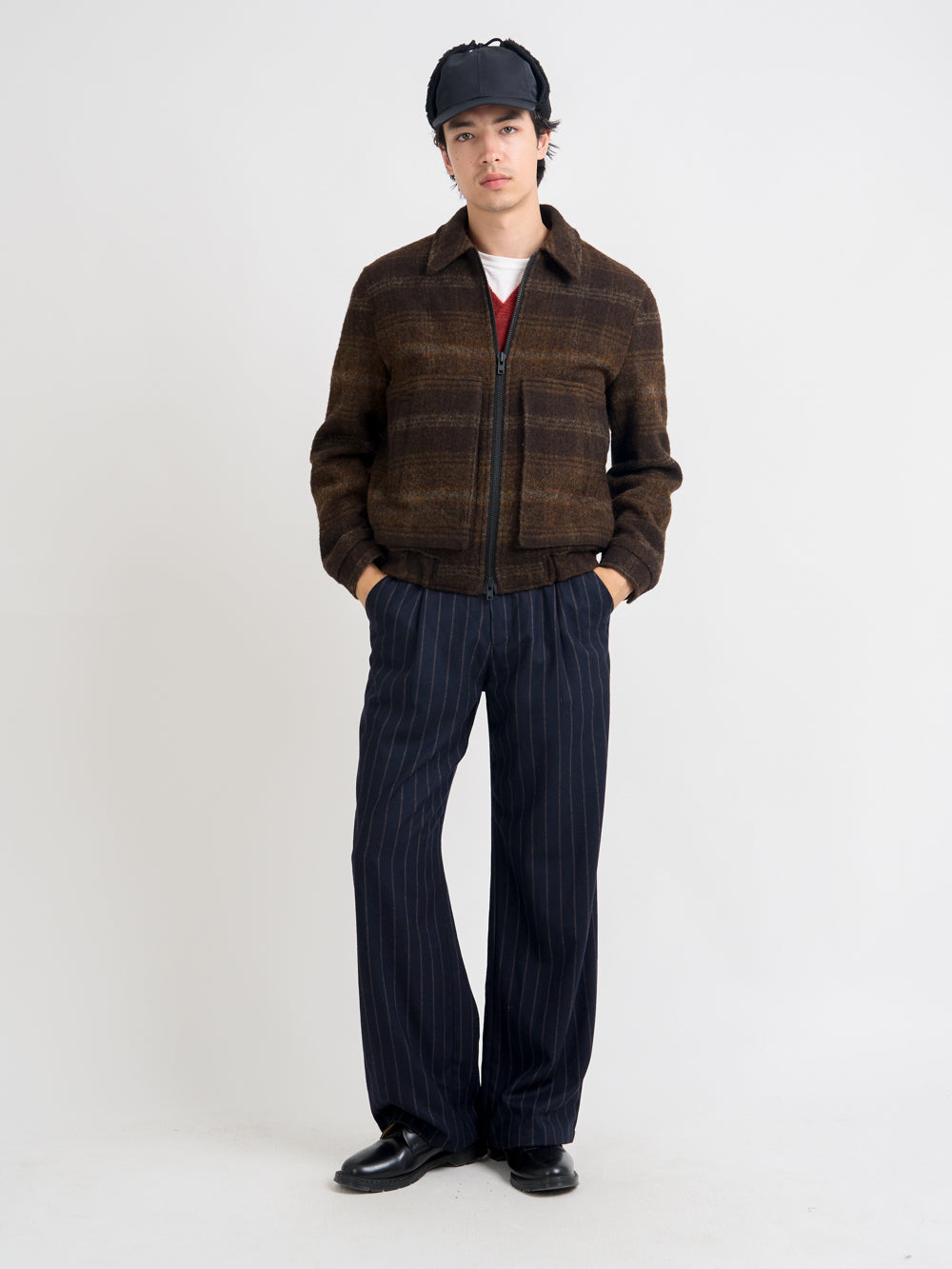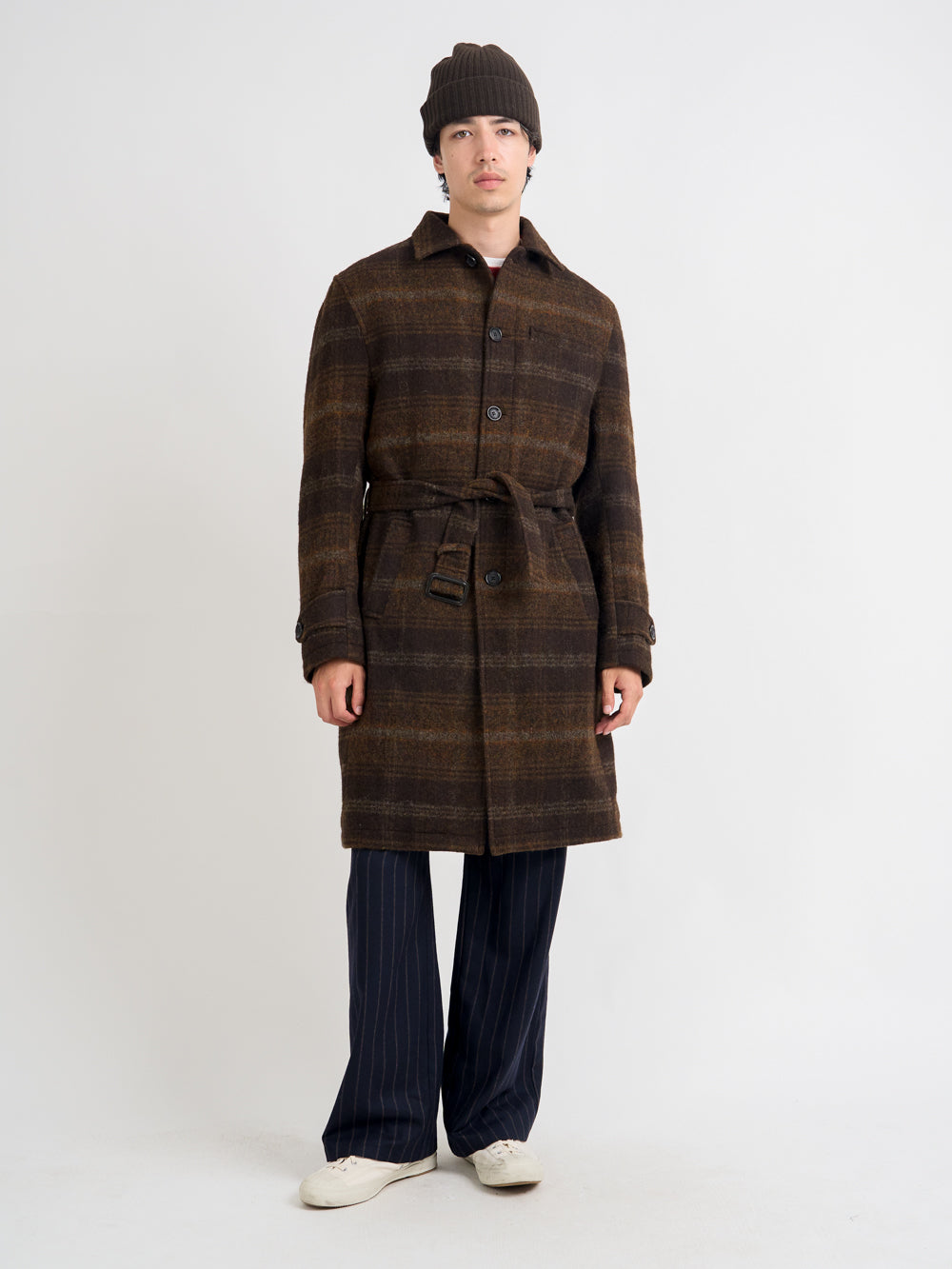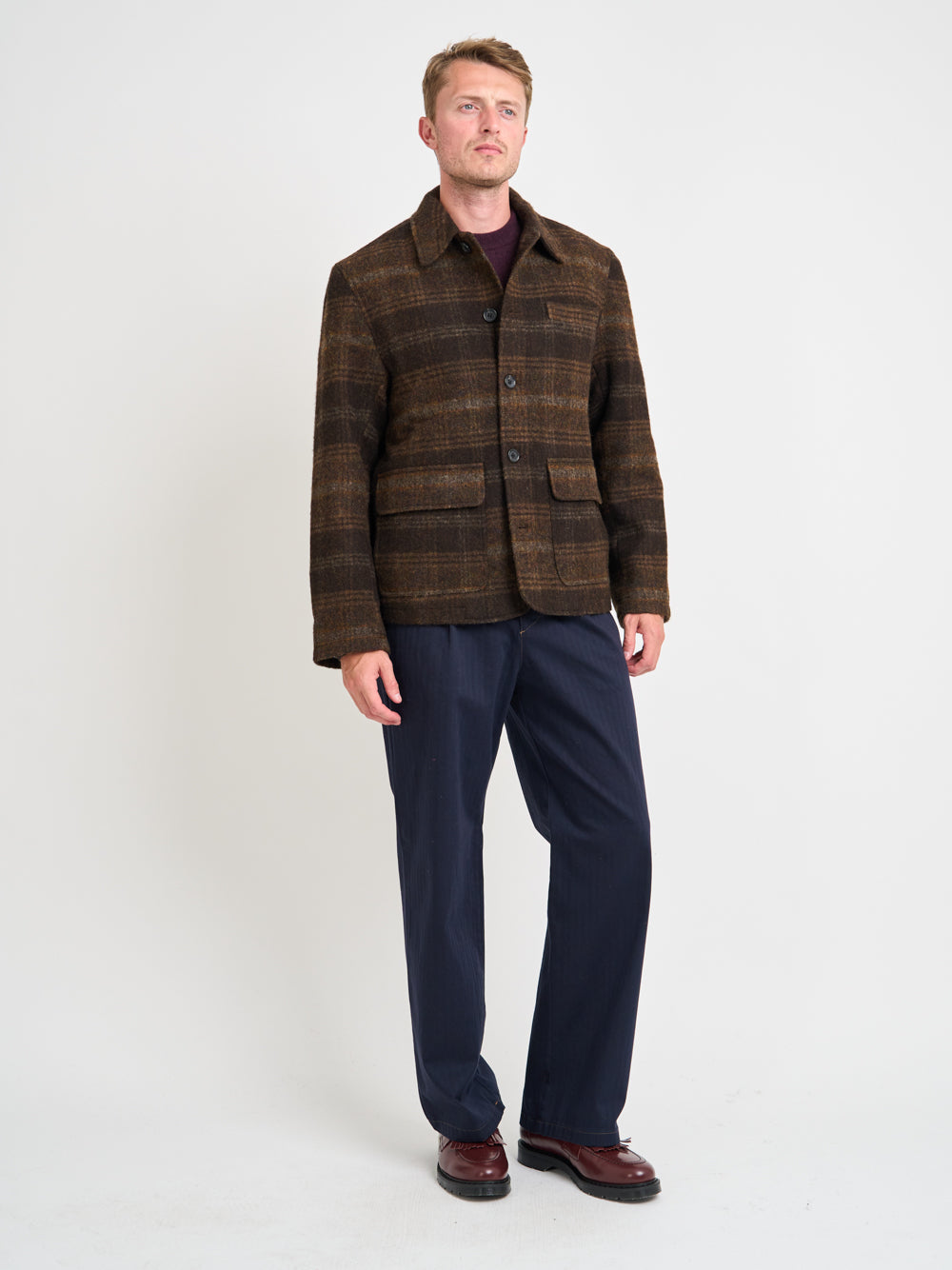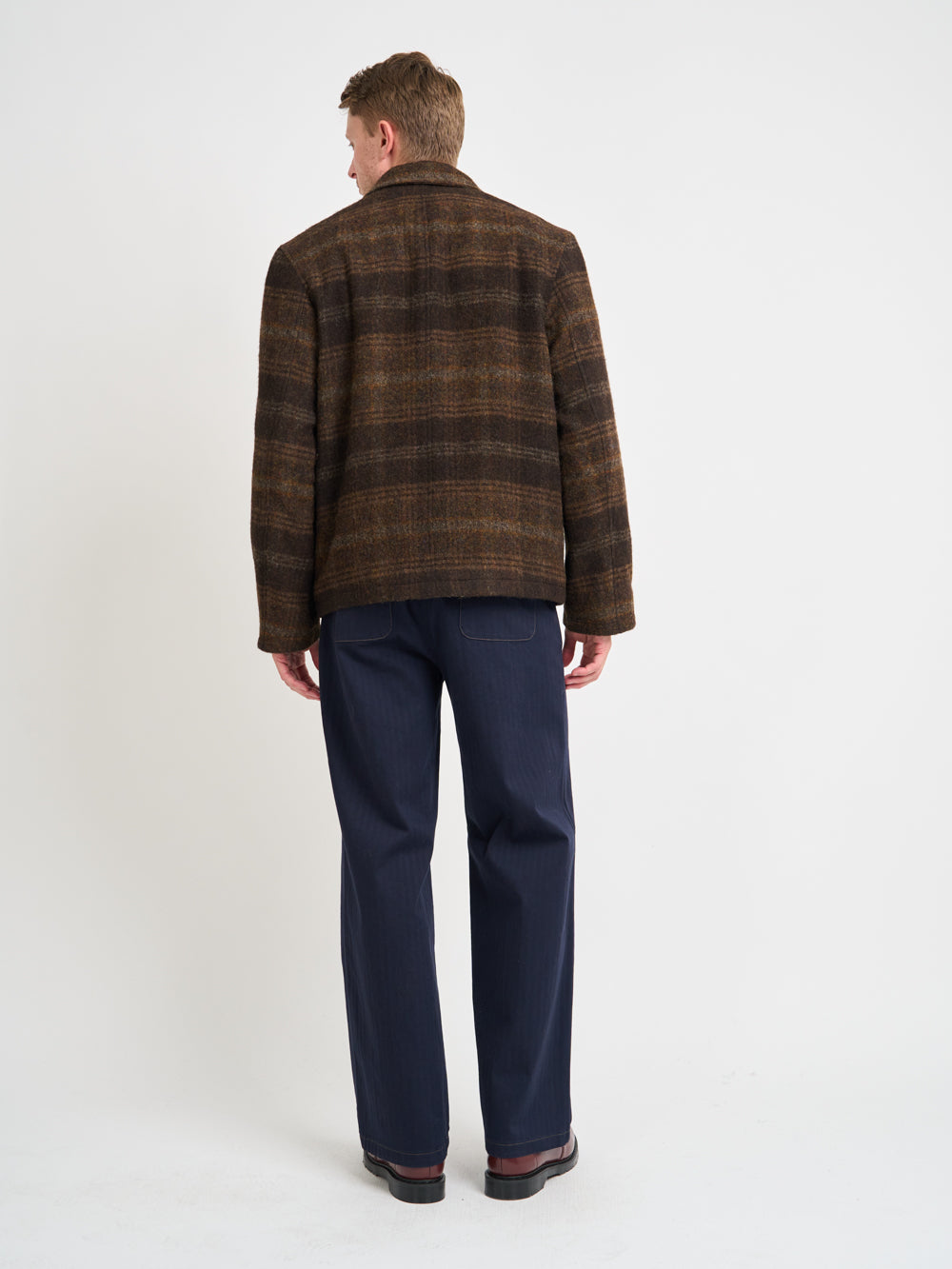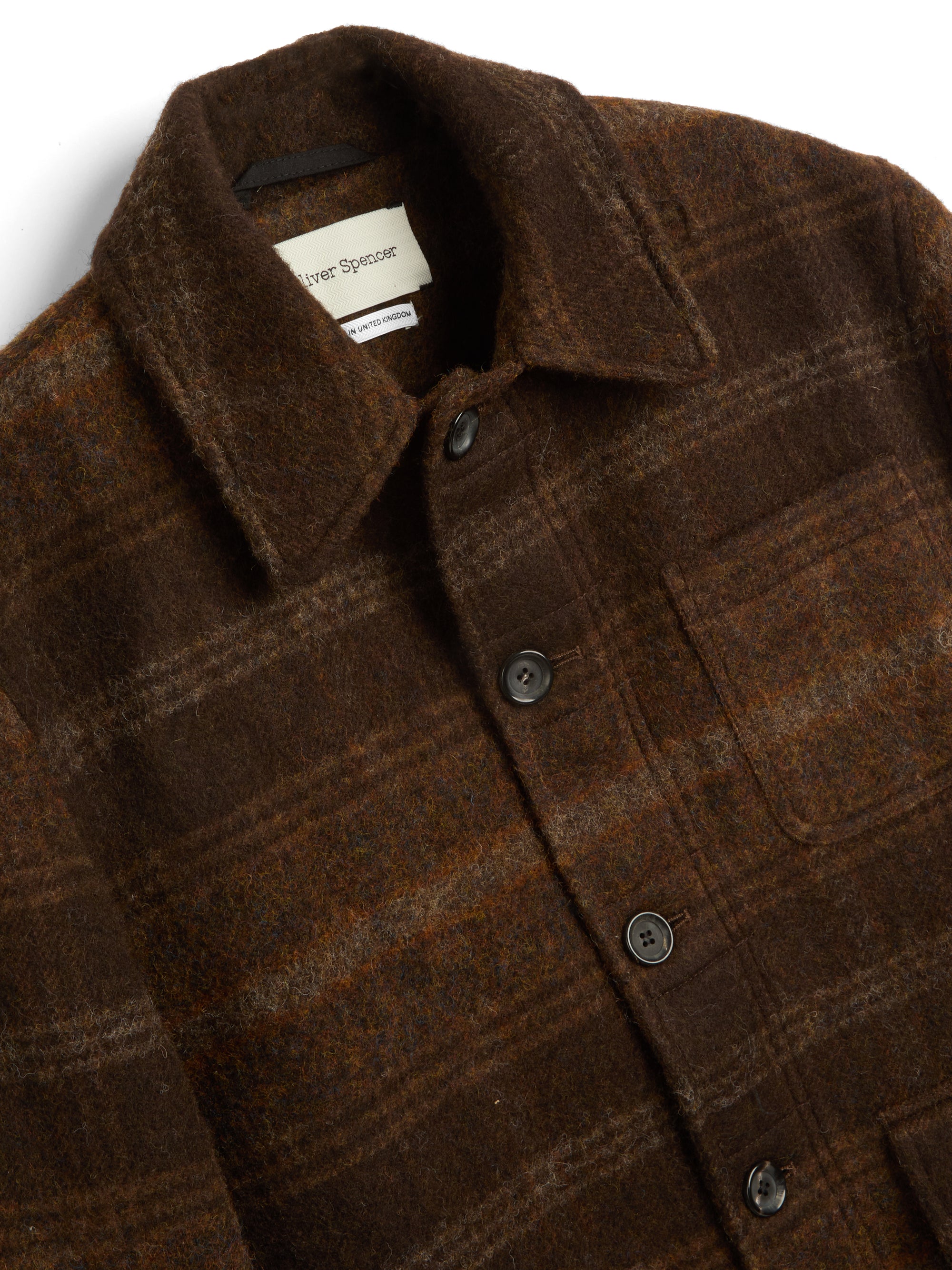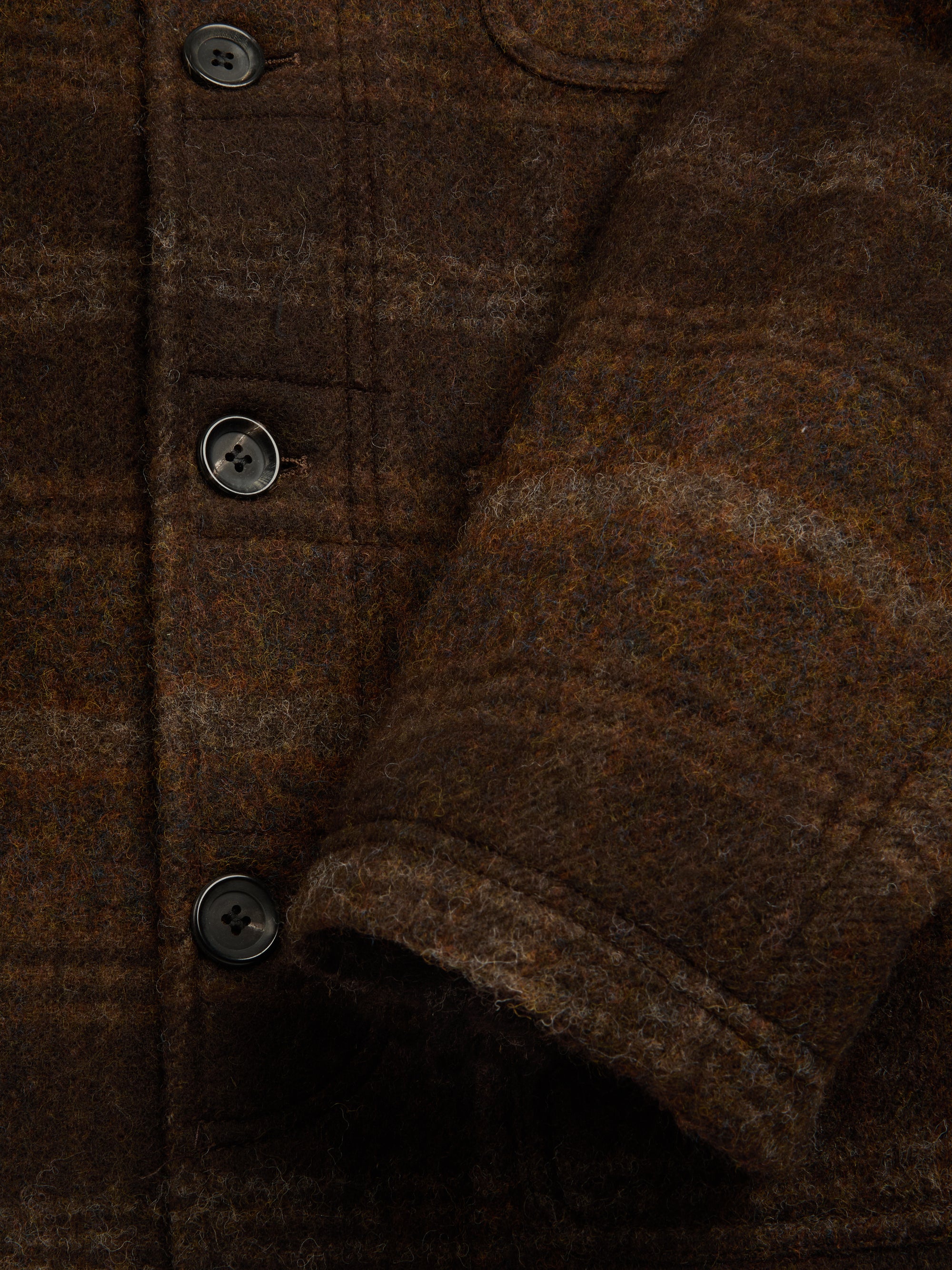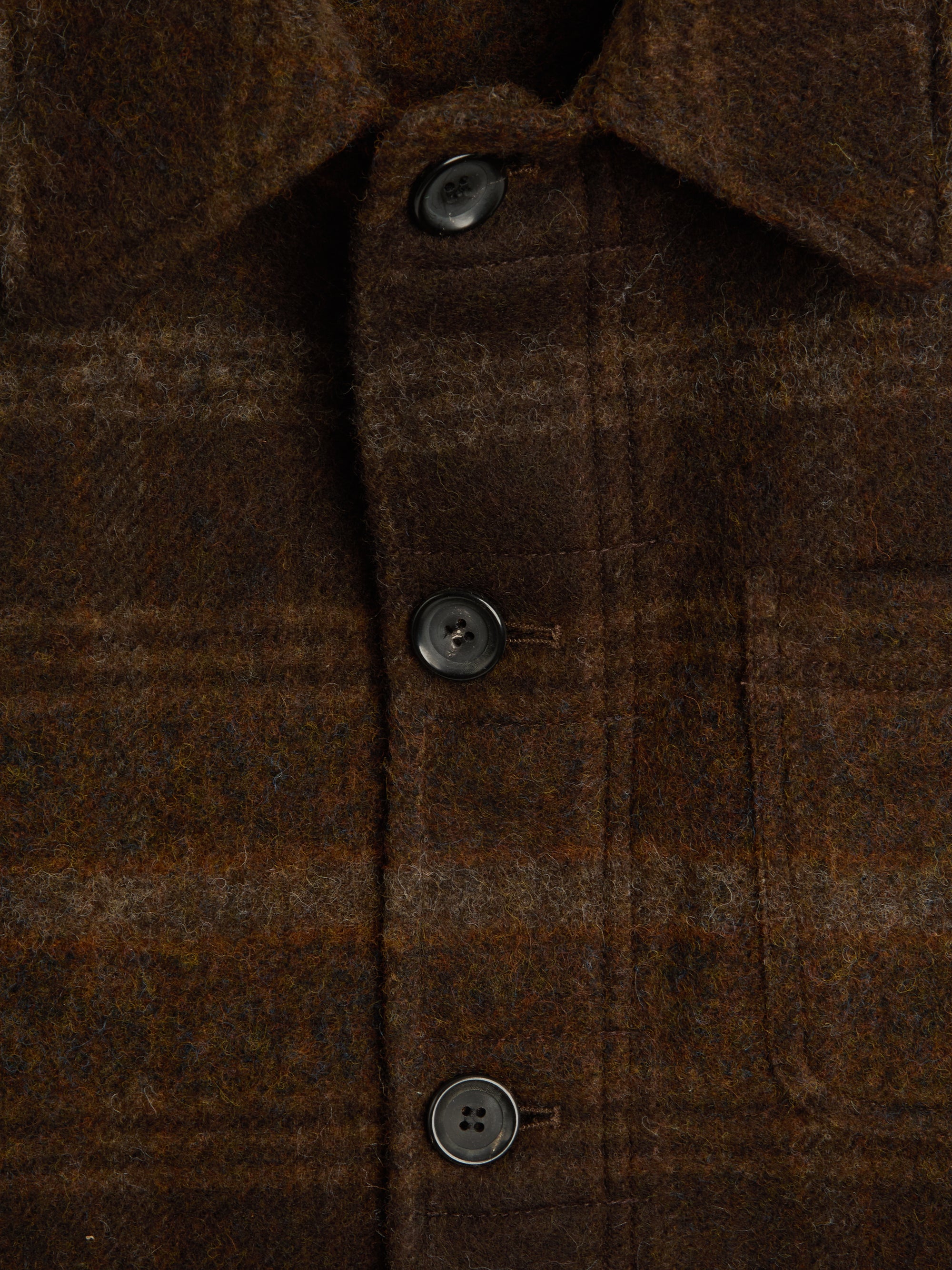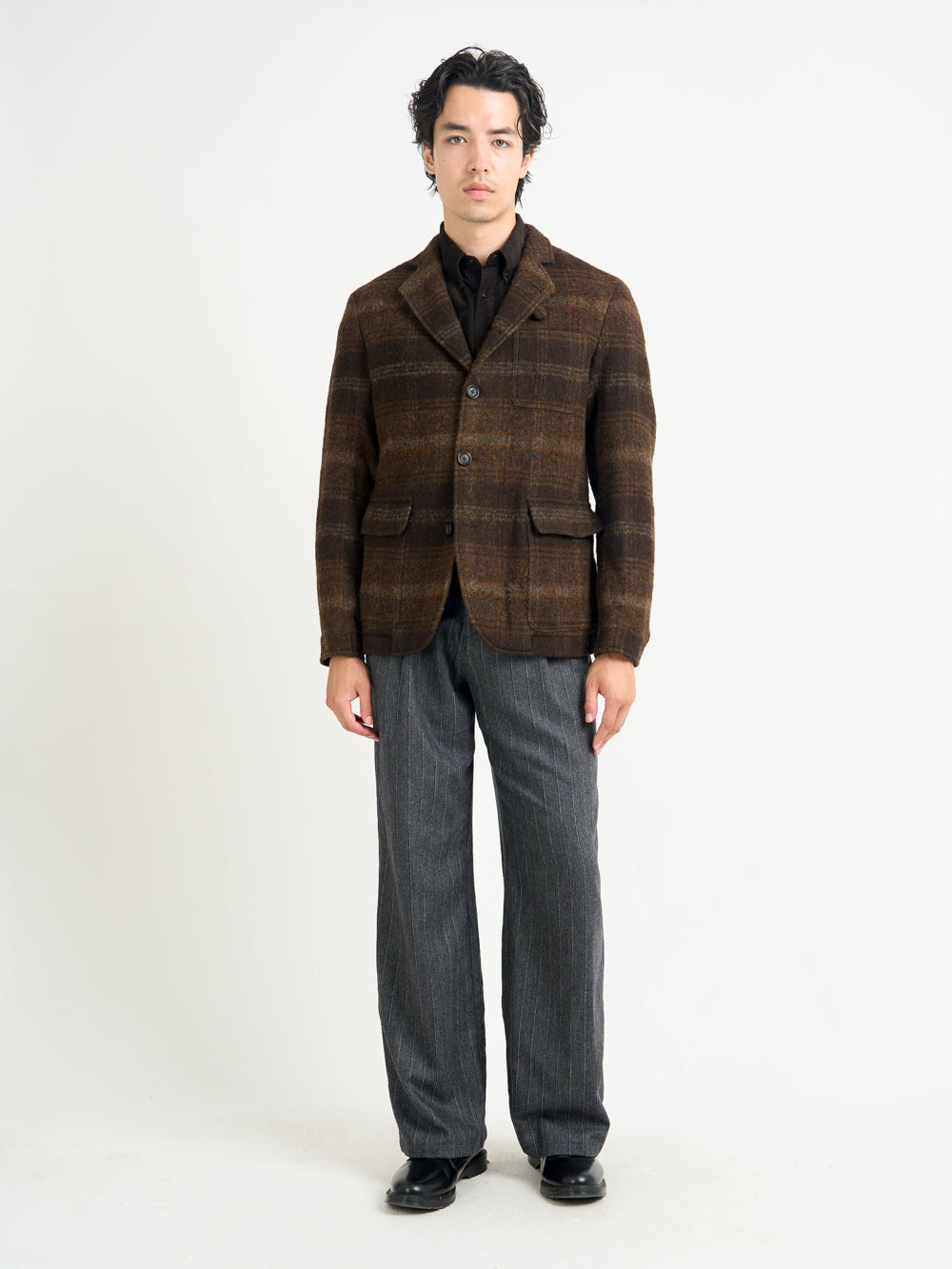THE MILL: COLOUR, CHARACTER & CONSTRUCTION
Once sorted and readied, the wool enters the mill - the central engine of its transformation.
We begin at the dye house, where colour is born. Wool meets pigment through recipes involving exact combinations of heat, pressure, and time. With more than 500 shades on offer and swatch libraries maintained year after year, the dye house ensures our palette remains consistent and unmistakably ours. From colour we move to character. The blending room draws up to seven individually dyed fibres into a single tonal recipe. This layered approach is what gives tweeds, heathers and plaids their unmistakable depth; the eye sees five colours, the cloth quietly insists on revealing thirty-five.

The blended wool then becomes yarn. In spinning, six frames draw out the fibres and twist them into fine, strong threads. Each yarn is checked for uniformity before being wound onto cones - 16,000 metres at a time. Any flaws are cut, thermally rejoined and made seamless. No knots, no bumps, no unpleasant surprises later on.
From here, the yarn progresses to warping, the architectural stage of cloth-making. Thousands of threads are wound in precise order across large drums, ensuring every check aligns and every stripe behaves. It’s exacting work: one misplaced thread and your neat grid can wander off diagonally like an unsupervised toddler.
The weaving shed brings everything together. Rapier looms shuttle the weft threads across the warp at pace, producing 30,000 metres of cloth each week. The soundtrack is a hum that signals the honest work getting done; it’s hypnotic.

Finally, the woven cloth undergoes scouring, milling and finishing. Washed in pure water drawn from deep boreholes beneath the mill, the fabric sheds residual oils, gains a softer handle, and receives any necessary treatments for durability. A final round of pressing and grooming coaxes the cloth into its best behaviour.
The result is fabric worthy of the work ahead: durable yet refined, rich in texture and built with a respect for material that borders on affection.
 FROM YORKSHIRE TO LONDON: A VERY BRITISH JOURNEY
FROM YORKSHIRE TO LONDON: A VERY BRITISH JOURNEY
With finishing complete, the fabric begins its southbound migration. This journey from northern mill to London workshop echoes a long British tradition of raw material refined in the North and tailored in the capital. There’s something pleasingly ceremonial about the handover from one centre of craft to another.
In London, the cloth is greeted by cutters and makers who treat it with the care one might reserve for an Eames Lounge Chair or an Akari Light. Patterns are laid thoughtfully along the grain, ensuring proper drape and minimal waste.
Construction begins with a slow, deliberate rhythm. Panels are sewn, canvasses applied, seams pressed and shapes coaxed into being. Our makers combine traditional tailoring techniques with modern efficiencies, ensuring garments feel contemporary without losing their sense of craft.
Small components play a crucial role here. Buttons and linings are sourced locally, predominantly from European makers who specialise in natural, high-quality materials. These details matter. They bring tactility, longevity, and a kind of quiet virtue to the garment.

THE FINAL CHAPTER
Finished coats and jackets make their way to our London stores, where they await to be tried on, considered and, eventually, taken out into the world. Every piece carries the memory of its making: the fields of raw fleece, the orchestration of the mill, the hands of cutters and makers, the natural materials chosen for trims, the journey from Yorkshire to London.
This is modern British craft: thoughtful, local, methodical. The kind of making that values depth over speed, character over novelty, and quality over everything else.





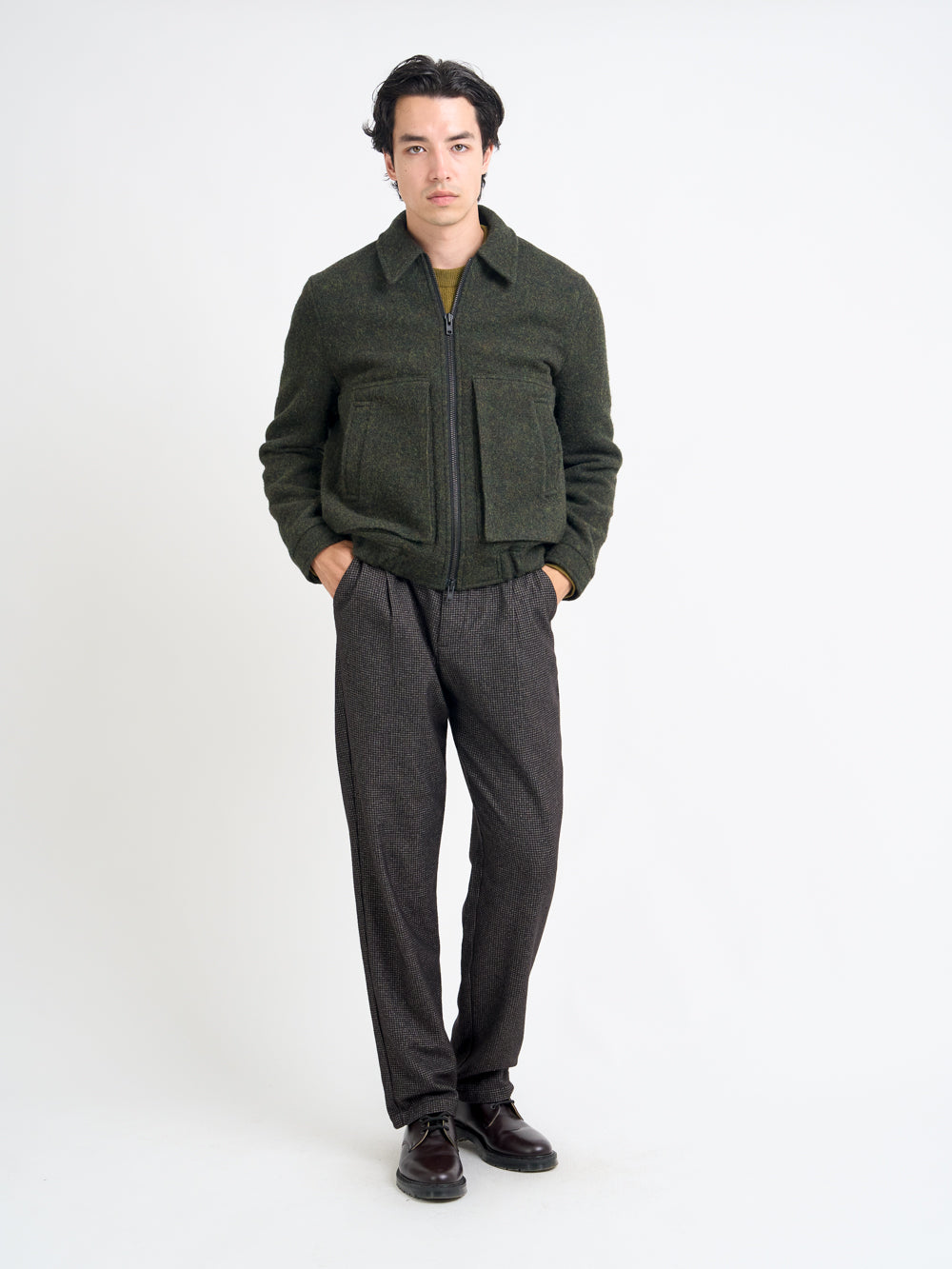









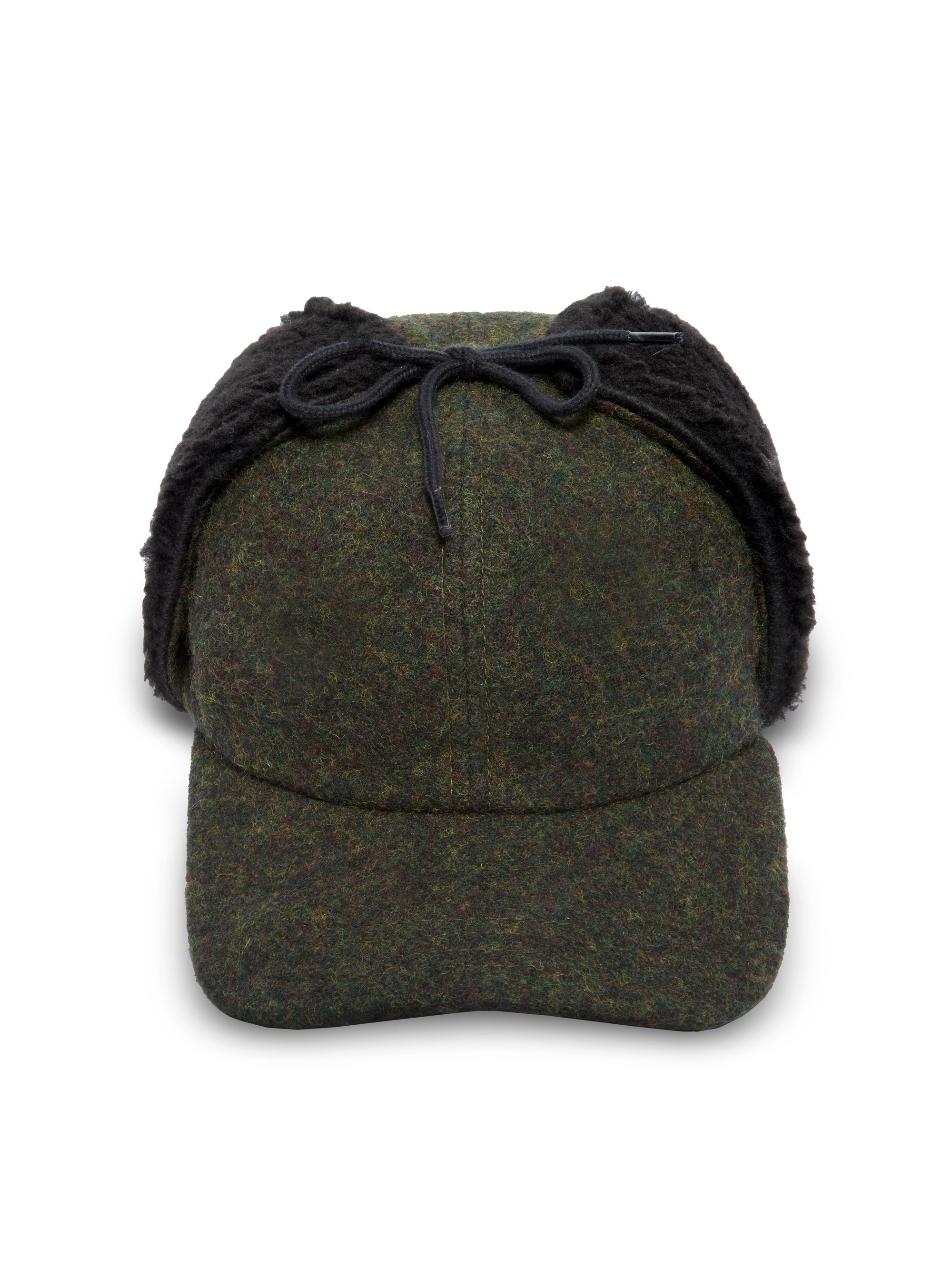
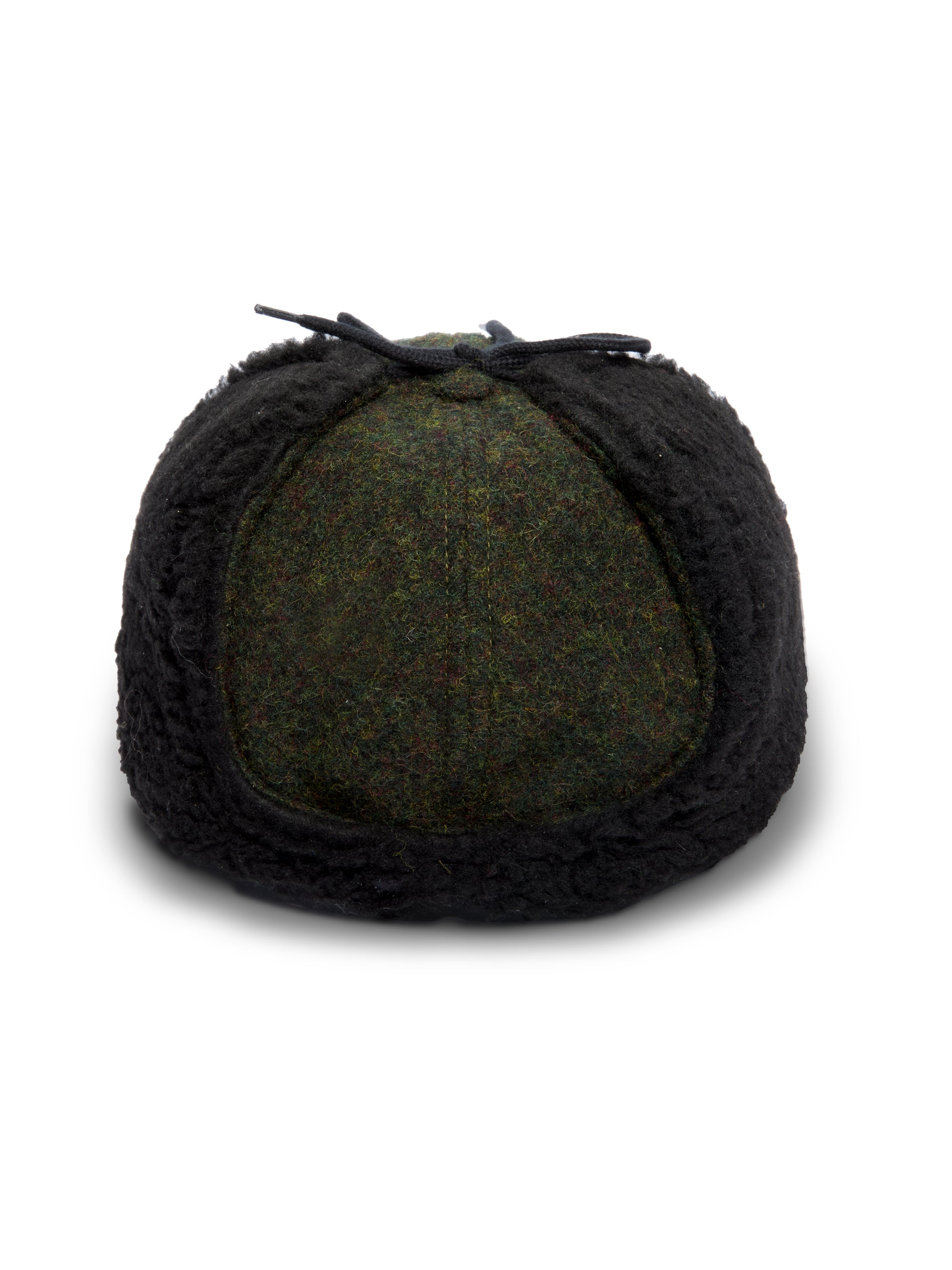
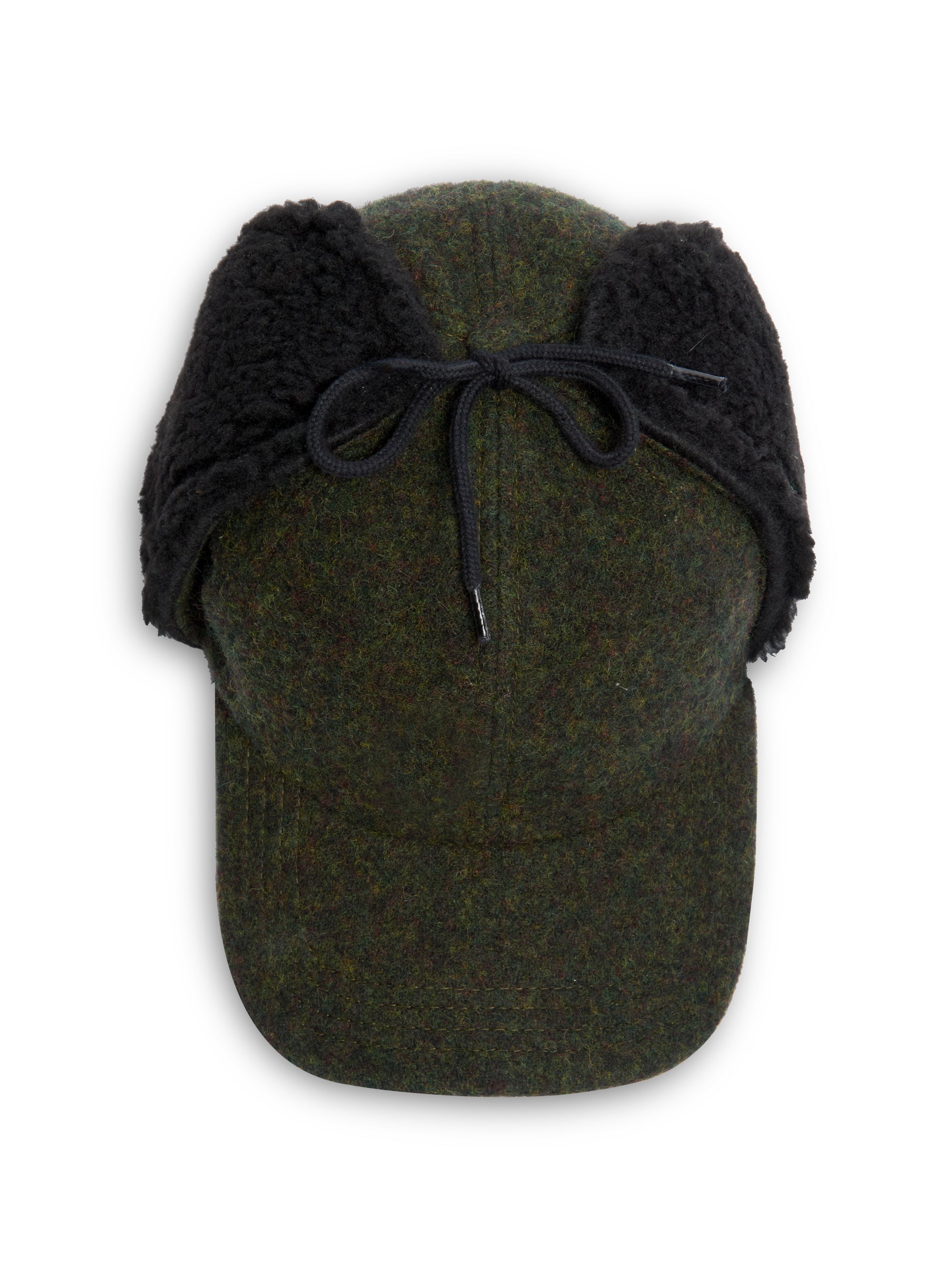

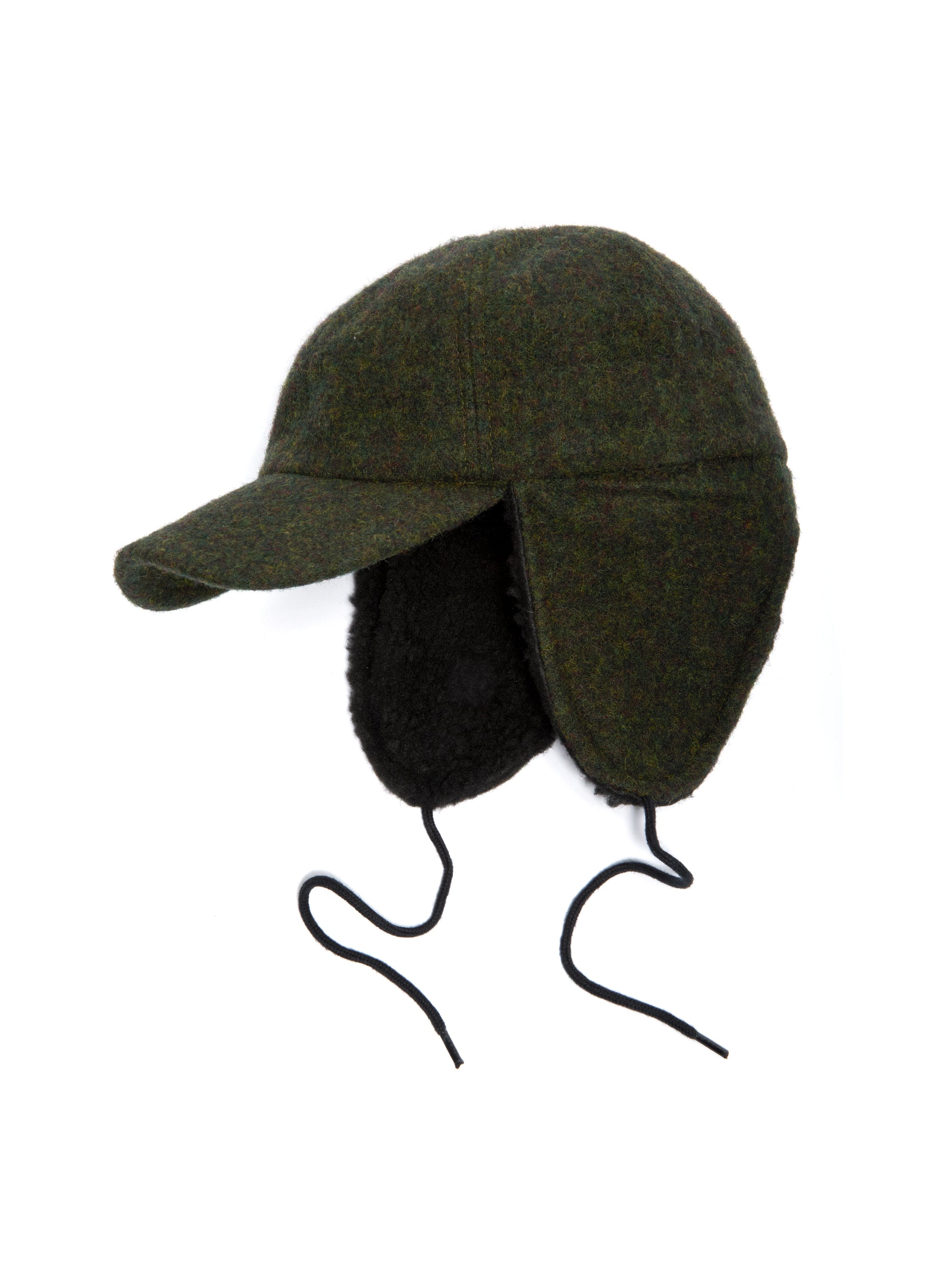








 FROM YORKSHIRE TO LONDON: A VERY BRITISH JOURNEY
FROM YORKSHIRE TO LONDON: A VERY BRITISH JOURNEY



